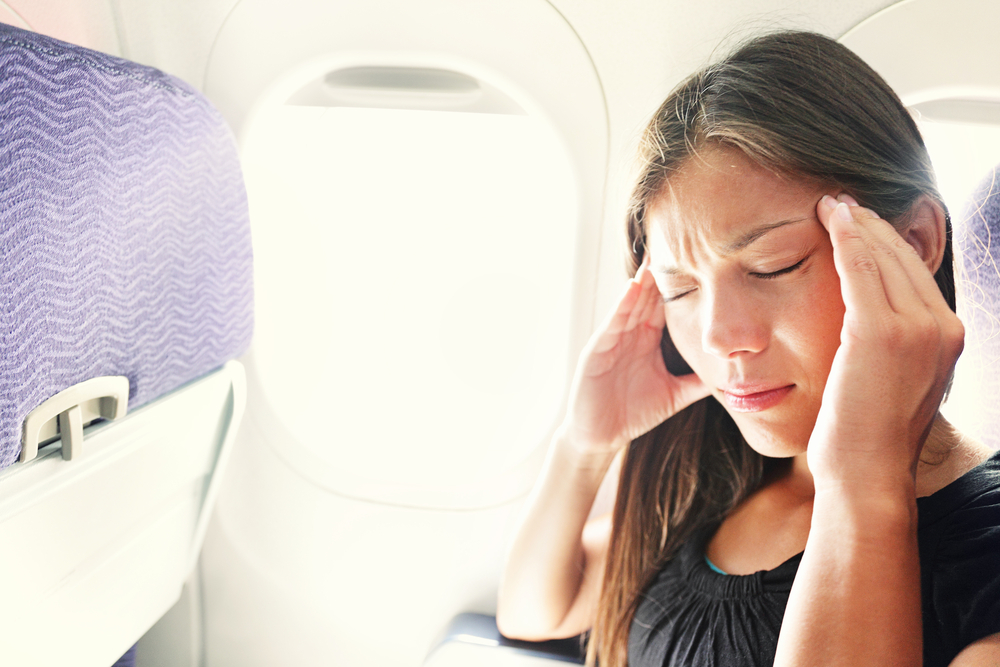Motion sickness affects many people, most often women, senior travellers and young children.
Motion sickness is caused by repeated movement when travelling in a vehicle and is also referred to as car sickness, travel sickness, sea sickness or air sickness, depending on the mode of transport.
What causes motion sickness?
The brain relies on the eyes, ears and inner ear to provide it with information relating to balance. If your eyes are focused on the interior of the vehicle/vessel then they are telling your brain that you are not moving, and yet the fluid canals in your inner ear are sensing motion and telling the brain that you are moving.
The conflicting messages received by the brain are then passed to an area known as the ‘postrema’, which is responsible for the vomiting reflex and, as a result, those people who are susceptible begin to feel the symptoms of motion sickness.
What are the symptoms of motion sickness?
The main symptoms of motion sickness are:
- Headaches
- Nausea
- Vomiting
- Drooling
- Paleness
- Coldness
- Sweating
- Dizziness
- Fatigue
- Weakness
- Hyperventilating.
These symptoms usually pass when the journey ends, but not in every case. Some people can continue to experience them for several hours or even days afterwards.
In severe cases where excessive vomiting occurs, dehydration and a drop in blood pressure can result and the sufferer should seek medical assistance in such circumstances.
If the journey is a long one, such as a sea journey, eventually the brain will adapt to the changed circumstances and even though the movement continues, the person will no longer feel the effects of motion sickness.
How can you beat motion sickness?
The best way to beat motion sickness is to prevent it from starting, and this is how motion sickness drugs work. Taken orally or by applying a patch several hours before a journey, drugs such as hyoscine work by interfering with the messages the brain receives and thus preventing motion sickness from occurring.
Other ways to prevent or at least reduce the effects of motion sickness include:
- Sitting in the area of the vehicle where the motion is felt the least, such as the front of a car, midships on an ocean liner or over the wing in an aeroplane.
- Breathing plenty of fresh air.
- Not putting your head down to read or study a map.
- Looking beyond moving objects immediately outside the vehicle and focusing on a static point on the horizon.
- Avoiding alcohol, cigarettes and spicy or fatty foods before travelling.
- Breaking the journey to drink cold water and stretch your legs.
- Purchasing motion sickness eyewear, which blocks movement in your peripheral vision.
- Closing your eyes and keeping your head still.
- Avoiding facing backwards in a moving vehicle.
- Listening to music on headphones can help as this will help stabilise your inner ear and reduce the feelings of motion sickness.
Motion sickness is an unfortunate side effect of travel for some people, but by taking a suitable medication and observing some of the suggestions made here, you will hopefully be able to reduce its effects, or ideally avoid it altogether.
Prepare for travel health risks before you leave home, including motion sickness, to better ensure you enjoy your holiday.




